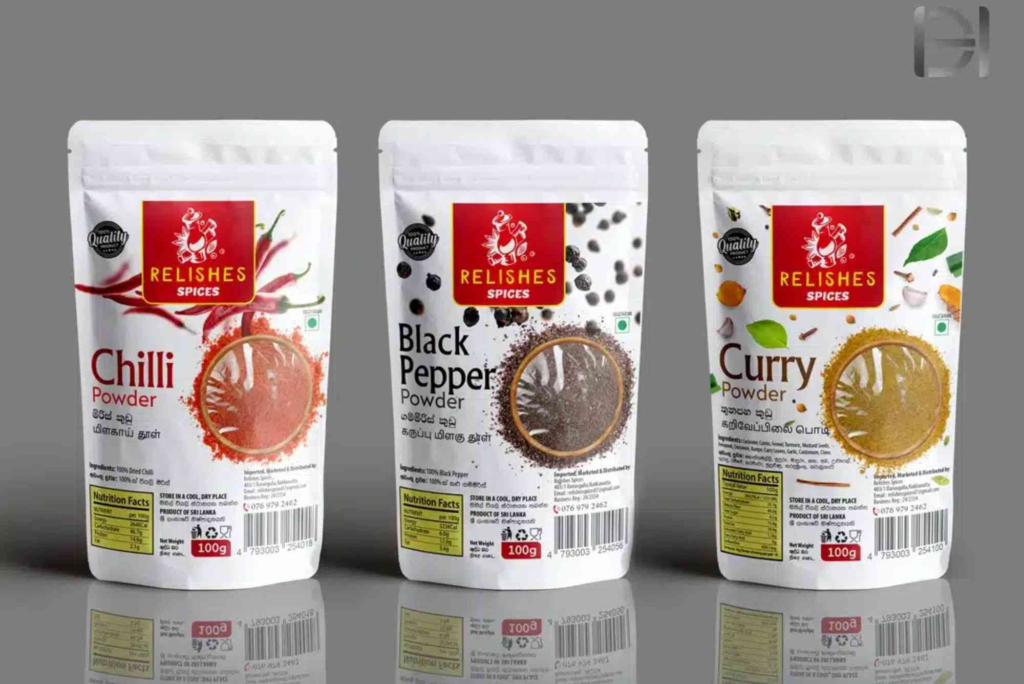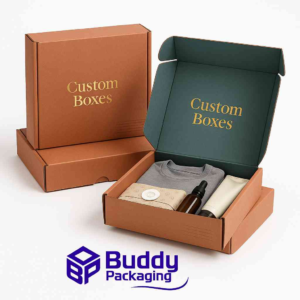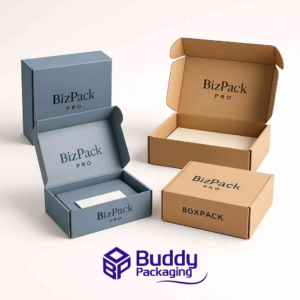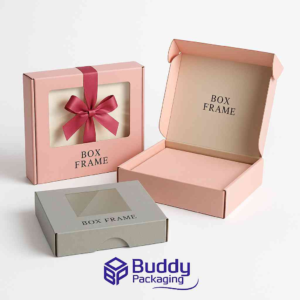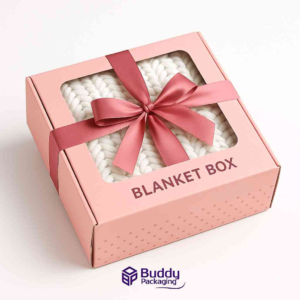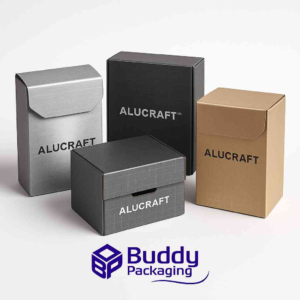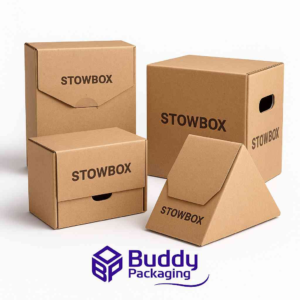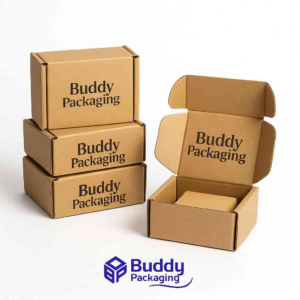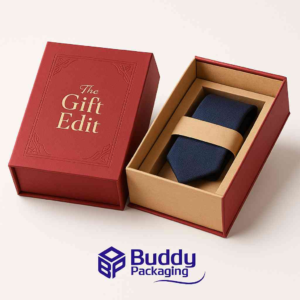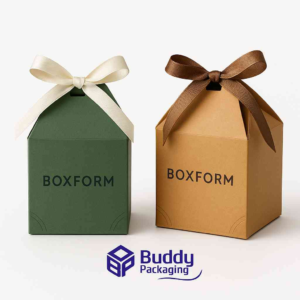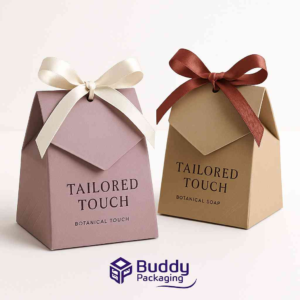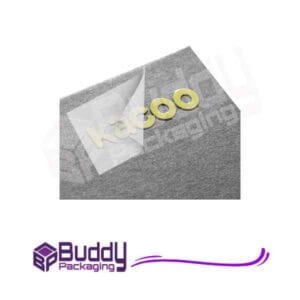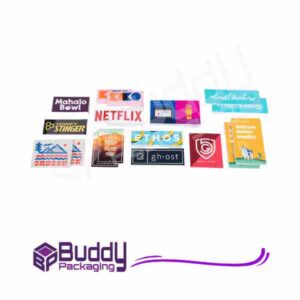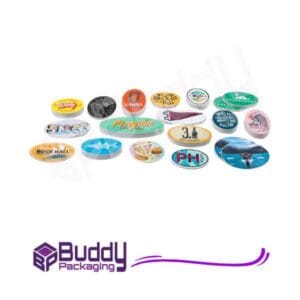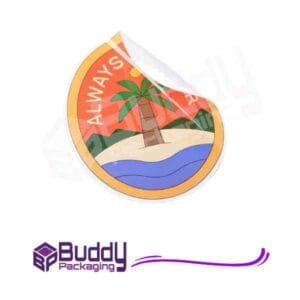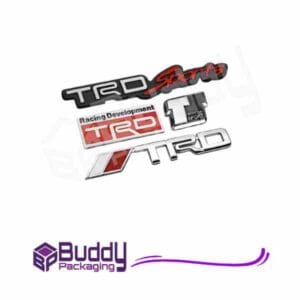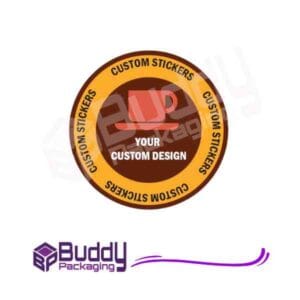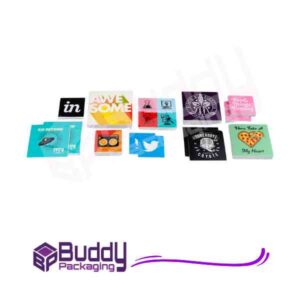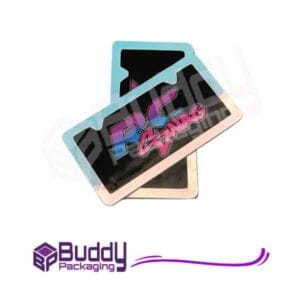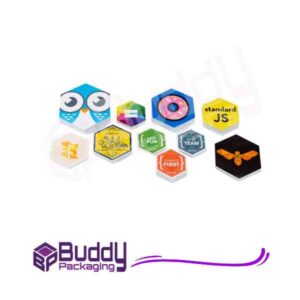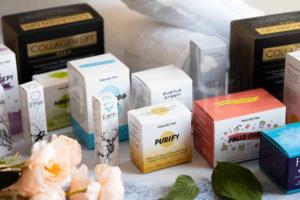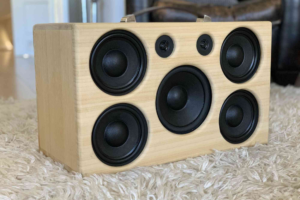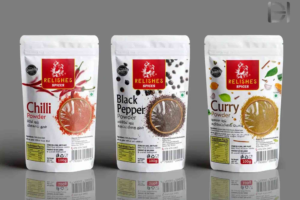Introduction
A packaging design label is far more than just a decorative element; it is a brand’s silent ambassador. It tells the story of your product, communicates its quality, and creates the first impression that often decides whether customers will pick it up or walk past. In today’s highly competitive retail world, packaging design labels are critical in capturing attention, conveying trust, and influencing purchase decisions.
The Power of a Packaging Design Label
The packaging design label serves as a bridge between a brand and its audience. It combines visual appeal with informative clarity. Consumers subconsciously judge a product’s worth by its label within seconds. If the design feels professional, consistent, and relevant, it builds trust instantly. Good design doesn’t just look beautiful—it reflects the brand’s values, product type, and quality.
A strong label design supports storytelling. Every colour, font, and graphic element plays a role in expressing the essence of the product. For instance, eco-friendly brands often use earthy tones and recycled textures, while luxury products prefer sleek metallic finishes or minimalist layouts. The design must align with the target audience’s expectations while remaining unique enough to stand out.
Key Elements of an Effective Packaging Design Label
Branding and Identity
A label must represent the brand identity clearly. This includes the logo, colour palette, and typography. A well-designed label maintains consistency across all product ranges, reinforcing brand recognition. It ensures that consumers can identify your products instantly on shelves or online listings.
Typography and Readability
Text placement and typeface selection play vital roles. The name, ingredients, and essential details should be easy to read at a glance. Elegant fonts work for premium goods, whereas bold, modern styles fit casual or youth-oriented products. Readability and hierarchy of information should always be top priorities.
Colour Psychology
Colours have emotional power. A packaging design label must use colours that evoke the right response. Warm tones like red or orange communicate energy and excitement, while blue conveys trust and reliability. Colour combinations should harmonise with the product’s purpose and audience expectations.
Material and Texture
The choice of material—matte, gloss, or textured—adds another layer of sensory experience. Labels printed on premium stock can enhance perceived product value. Sustainable materials are increasingly popular, reflecting consumer demand for eco-conscious packaging.
Legal and Informational Accuracy
Beyond aesthetics, labels must include regulatory information such as nutritional facts, warnings, expiry dates, and barcodes. A design that integrates these seamlessly maintains both beauty and compliance.
Trends Shaping Modern Packaging Design Labels
Modern brands are shifting towards minimalist and sustainable designs. Clean layouts with fewer elements make products feel more authentic and high-quality. Transparent labels have also gained popularity, especially for natural or organic goods, as they symbolise honesty and purity.
Digital printing technology now allows for customisation at a large scale. Brands can easily produce limited editions, regional variants, or promotional versions. Augmented reality (AR) integration is another emerging trend, allowing customers to scan the label with a smartphone and view digital experiences such as videos or recipes.
Sustainability is no longer optional. Brands that showcase eco-consciousness through recycled paper, biodegradable adhesives, and minimal ink usage are gaining trust. Consumers increasingly value ethical production and responsible branding.
Why Your Business Needs Professional Label Design
Investing in a professionally designed packaging label delivers long-term returns. A designer understands not only aesthetics but also printing techniques, materials, and branding psychology. They can ensure your label works effectively across different lighting conditions, packaging shapes, and printing formats.
Professional design improves shelf impact. In crowded aisles, where dozens of competitors fight for attention, even subtle design details make a big difference. A label that catches the eye and communicates instantly will convert browsing into buying.
Moreover, consistency across labels and packaging lines reinforces professionalism. It assures customers of product reliability and quality. Partnering with experts such as Custom Labels providers ensures every product in your range maintains that same high standard.
The Role of Printing and Finishing
The printing and finishing process can elevate or diminish a label’s effectiveness. Finishes like embossing, foil stamping, and spot UV coating add tactile and visual sophistication. High-resolution printing guarantees colour accuracy and crisp detail. For premium results, businesses must stay informed about innovations in the printing sector through resources like print & finishing insights.
These finishing touches differentiate a product from its competitors. They turn ordinary packaging into a statement piece that enhances brand credibility and consumer loyalty.
Digital Innovation in Label Design
Technology has transformed how designers approach packaging labels. Advanced design software and digital proofing systems allow precise previews before production. Variable data printing makes it possible to personalise labels with unique codes, names, or batch numbers, ideal for limited runs and promotions.
E-commerce has also influenced packaging design. Online shoppers cannot touch the product, so the label’s visual impact must compensate for the lack of physical experience. High-quality images, readable typography, and vibrant colours ensure appeal even on digital screens.
Sustainability and Eco-Friendly Packaging Labels
Sustainable design goes beyond trends; it is now an ethical requirement. Brands that adopt recyclable materials and water-based inks appeal to environmentally aware consumers. Simple, eco-friendly designs that avoid excessive lamination or plastic coatings send a powerful message of responsibility.
Packaging labels can also communicate a brand’s sustainability journey. Phrases like “100% recyclable,” “made from recycled paper,” or “carbon-neutral production” build trust and reflect commitment. Customers increasingly prefer brands that take active steps toward environmental stewardship.
Creating a Packaging Design Label That Converts
A successful label doesn’t just look good—it sells. Conversion-focused design considers the customer’s psychology. Clear product names, appetising imagery, and compelling taglines can influence decisions subconsciously. Highlighting unique selling points, such as “organic,” “handmade,” or “award-winning,” increases perceived value.
Visual balance and spacing help guide the eye. White space allows the design to breathe and makes essential information easier to absorb. The placement of logos, icons, and certification marks should follow a logical flow from top to bottom.
Common Mistakes to Avoid in Label Design
Many brands underestimate how small design errors can affect perception. Overcrowded layouts, inconsistent fonts, or poor colour contrast can confuse buyers. Ignoring print resolution often results in blurry or unprofessional results.
Another frequent mistake is neglecting target audience research. A label for luxury perfume cannot use the same visual cues as a sports drink. Knowing your audience ensures the design resonates emotionally and visually.
Real-World Example: Brand Cohesion and Local Engagement
Companies that maintain cohesive label design across multiple product categories reinforce brand identity. When all labels share consistent typography, colours, and layout principles, they appear unified and professional. Local engagement also matters—showcasing your brand location or heritage can add authenticity. You can view where professional packaging design meets local expertise through Buddy Packaging Location, a hub for innovative design solutions.
Design Labels That Speak Volumes
Your packaging design label is your brand’s voice on the shelf. It tells your story, communicates quality, and builds trust within seconds. Investing in professional label design is not just a visual decision—it is a strategic move that strengthens your brand identity and drives business growth. Whether you are a start-up or an established company, crafting an eye-catching, sustainable, and informative label can transform your product’s market performance. Partner with expert designers or visit Custom Labels to explore high-quality solutions. For the latest print & finishing insights, stay informed about innovations that elevate your packaging. If you are ready to make your brand stand out, connect with professionals through Buddy Packaging Location and start designing labels that truly speak your brand’s language.
FAQs
What makes a packaging design label effective?
An effective packaging design label combines brand identity, readability, colour psychology, and material quality. It communicates essential information clearly while attracting attention.
How important is colour in label design?
Colour influences consumer emotions and purchase decisions. The right palette can convey brand personality, differentiate products, and boost shelf appeal.
Can I design my own packaging label?
You can, but professional designers understand printing limitations, legal requirements, and marketing psychology, ensuring your label looks consistent and high-quality.
What are the latest trends in packaging labels?
Minimalist layouts, sustainable materials, digital printing, and augmented reality integration are popular. These trends combine creativity with innovation.
How can packaging design impact sales?
Attractive labels capture attention, build trust, and enhance perceived value—all of which directly increase sales conversions.

